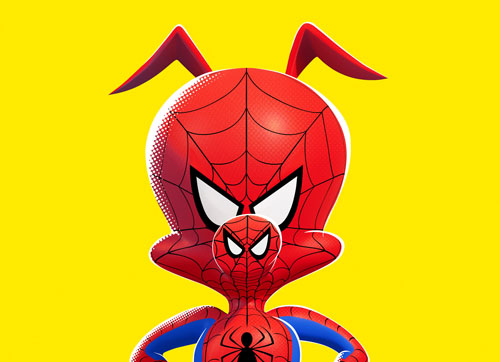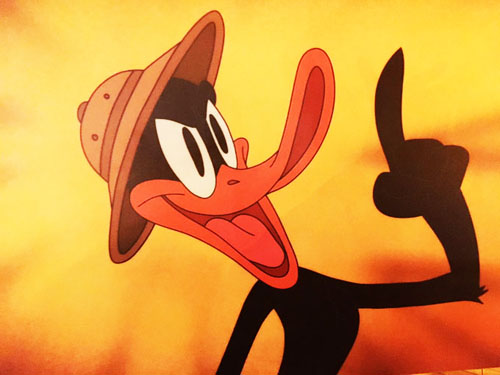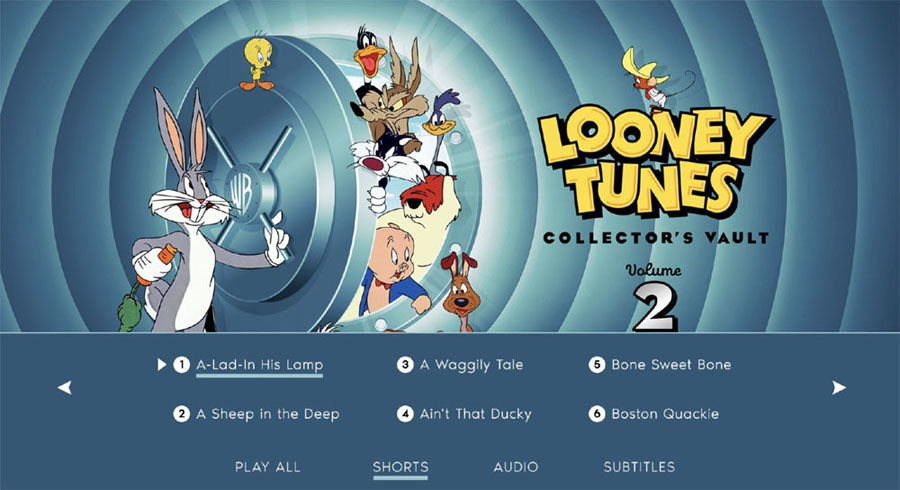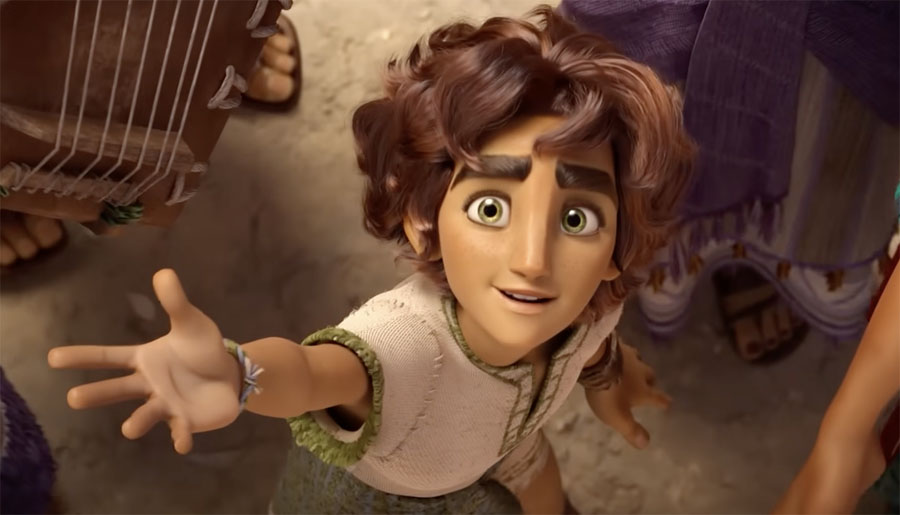Twenty years ago–July 7,1997–a lanky blond teenager slouched down to breakfast; his father and mother bid him good morning (“Did you sleep well, Sweetie?”). His reaction: “As usual, my parents were on my case.” Comics readers discovered “Zits,” written by Jerry Scott and drawn by Jim Borgman, a genuinely funny new strip that combined the clever, focused writing and exceptional drawing.
The mid-90s were a dark time for newspaper comics. Two iconic strips had ended: Gary Larson’s “The Far Side” in 1994 and Bill Watterson’s “Calvin and Hobbes” in 1995, leaving gaping holes in the page no one seemed able to fill. Many strips seemed to be endlessly recycling the same material. Who could get excited about Garfield complaining about Monday for 1,000th time or Cathy shrieking “acckk!” for the 5,000th time of or Mr. Dithers throwing his 10,000th tantrum at Dagwood?
Most comic strip kids are either smart alecks or idealized versions of the artists’ children. In his baggy jeans, loose shirts and over-sized sneakers, Jeremy Duncan was and is a believable teenager. He suffers through the uncertainties and dissatisfaction real adolescents experience. He’s often moody and unresponsive. But the artists make it clear that beneath the jokes, Jeremy and his friends are decent, sensitive kids who love their parents, even if they drive each other crazy.

The new anthology “What Was That All About” celebrates the 20th anniversary of “Zits”—which Charles Schulz said was the worst name for a comic strip since “Peanuts.” The strips in “What Was That” show how quickly “Zits” developed—and how the comics have slowly evolved.
Schulz received vicious letters when Franklin made his debut in “Peanuts” in 1968. Ethnic characters have become a bit more common since then, but Jeremy’s best friend Hector remains one of the few Hispanic characters in the very white world of the comics page. Jeremy is bright and talented, but often lazy; Hector is smarter and, to his chagrin, is considered “The Good Boy” whom mothers want their daughters to date.
With his multiple earrings, nose rings, eyebrow rings and tongue stud, Pierce is a far cry from previous comics bad boys like Sluggo, and he pushes the stories in more outrageous directions. But Scott and Borgman balance his wildly impetuous nature with his genuine kindness. When Pierce and D’ijon started dating in 2002, they formed an exceedingly rare interracial couple.
A major kerfuffle arose when Lawrence came out as gay in “For Better or For Worse” in 1993. Almost 20 years later, Jeremy consoled his friend Billy, “They’re from a different generation, so it just takes them awhile to catch up.” Sara asked if Billy’s parents were upset that he’s gay; Jeremy replied, “We were talking about his phone apps.”
In addition to the selected strips, “What Was That” features reminiscences and stories from the artists, including the improbable tale of how “Zits” was created. Borgman and Scott met for some downtime in Sedona, and agreed they didn’t want to pursue the idea Scott had for a strip about teenager. Scott was busy with “Baby Blues,” which he and Rick Kirkman had started in 1990. Borgman was drawing six political cartoons a week for the Cincinnati Enquirer. But they kept faxing ideas and drawings back and forth and in six months had a pile of work they liked well enough to submit to King Features, which promptly bought it. Twenty years later, “Zits” runs in more than 1,500 papers in 45 countries.
As space in papers has shrunk, draftsmanship has declined to the point where many strip look like little more than phone pad doodles. Borgman’s expressive brush lines recall the work of the talented artists who drew the classic strips decades ago. Scott can write wordless gags that rely on expressions or odd situations for the punch line, knowing Borgman will make the joke work.
Scott summed up their usual approach when he said, “In a successful comic strip, if you cover the top and can’t read the words, you won’t understand what’s going on; if you cover the pictures and just read the words, you won’t understand what’s going. When you need to see both elements, it’s a good strip.”
As good as “Zits” is as a strip is, the situations and drawings have a special appeal for animators. (Pete Docter had a cameo as the DMV official who administered Jeremy’s driving test in 2009.) It’s hard not to wish Bill Melendez’s studio was still going to bring “Zits’ to the screen as skillfully and respectfully as he did “Peanuts.” Imagine how Bill Littlejohn—or Eric Goldberg–would animate Pierce.
What Was That All About?: 20 Years of Strips and Stories
By Jerry Scott and Jim Borgman
Andrews McMeel: $24.99, 264 pp. hardcover

































